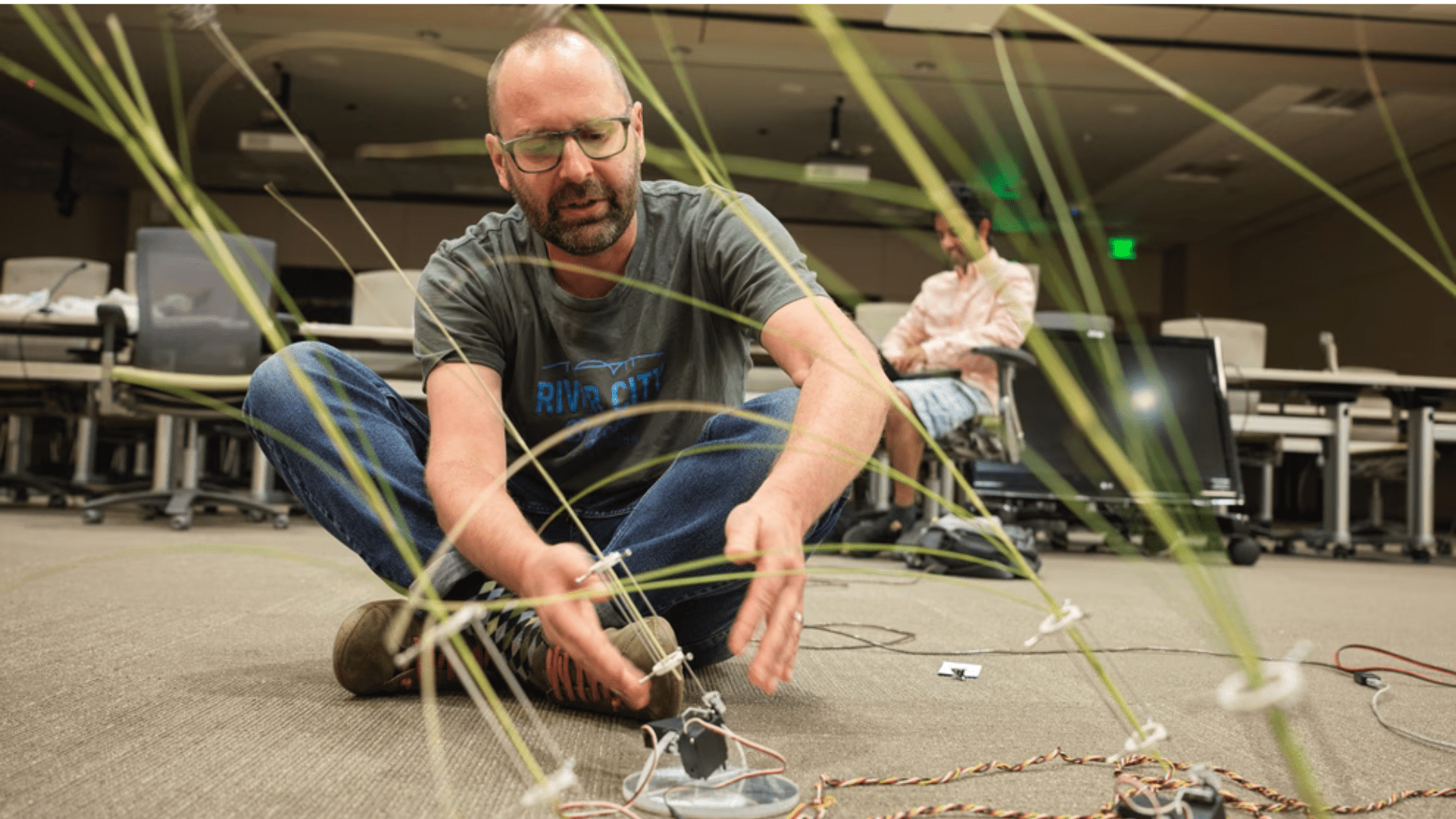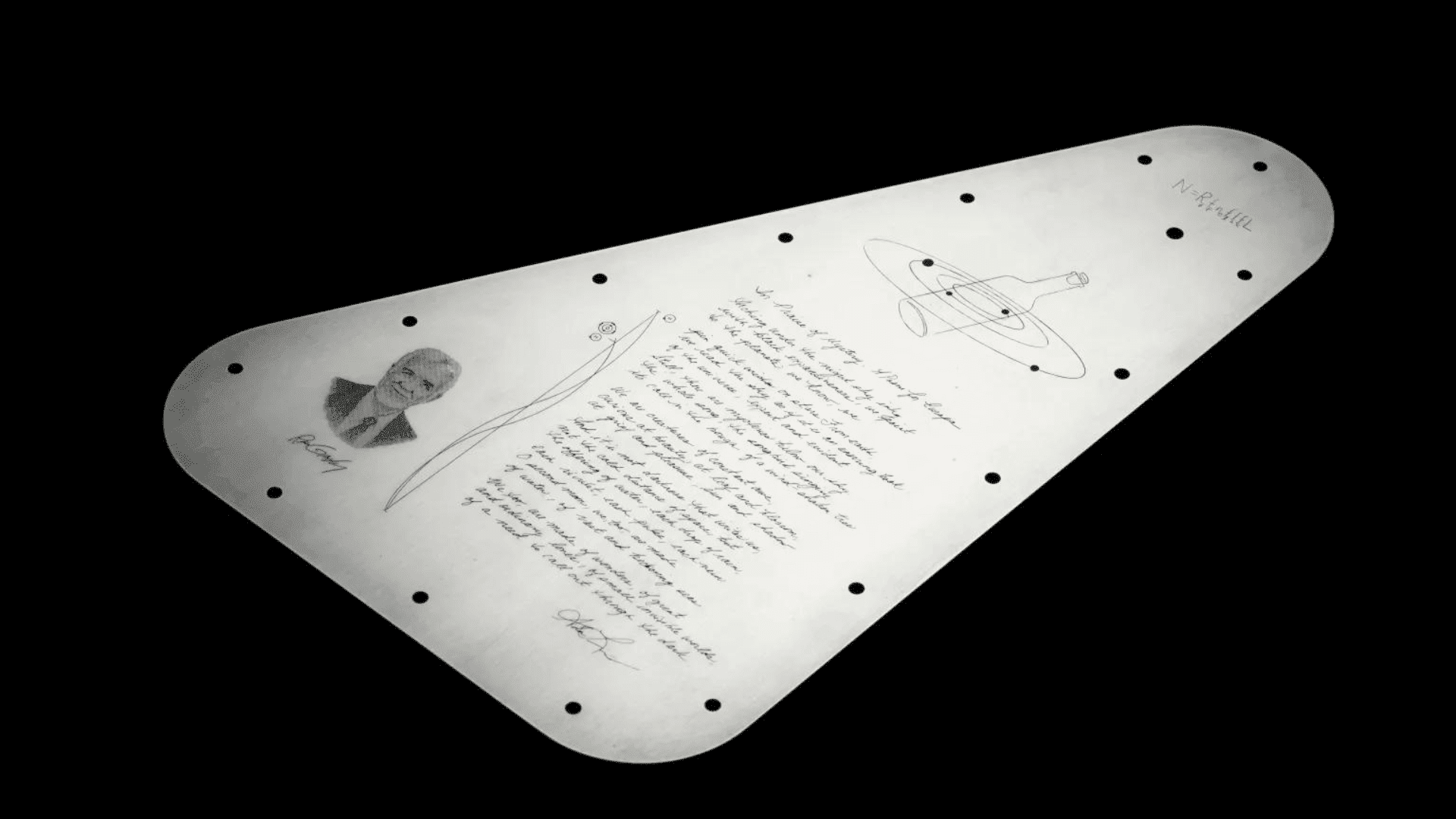Artists collaborated with scientists and engineers to create cross-disciplinary works that bring art and science together. The “Blended Worlds: Experiments in Interplanetary Imagination” exhibit at the Brand Library & Art Center in Glendale, California, helps illuminate the universe.
Art and Science Collide

The exhibition is part of “PST ART: Art & Science Collide,” an event presented by the Getty that involves more than 70 exhibitions exploring the intersection of art and science. The Blended Worlds exhibition is one of three projects led by Caltech, which manages NASA’s Jet Propulsion Laboratory, as part of Getty’s landmark art event.
“The magic of art is that it enhances our experiences and interactions with the world — and in this case, our universe,” said Laurie Leshin, Caltech vice president and director of JPL. “We’re honored to work with great artists to bring the wonders of space to our community through this exhibition, which invites us all to be part of a grand journey of exploration and discovery.”
David Bowen’s installation is called “tele-present wind.” It features grass stalks attached to mechanical devices that move in response to Martian wind data collected by NASA’s Perseverance rover mission. Rishi Verma, a data systems architect at JPL, and José Antonio Rodríguez-Manfredi, the principal investigator of the Mars Environmental Dynamics Analyzer (MEDA) system on Perseverance, helped make the installation possible.
Additional Work
Another piece, “Seismic Percussion,” is an interplanetary drum. The artist Moon Ribas creates the drum score by translating seismic data from Earth, the Moon, and Mars. Verma worked with Nobuaki Fuji of the Institut de Physique du Globe de Paris to collect the Moon data. JPL planetary scientist Ceri Nunn assisted with the moonquake data.

In addition, a handwritten version of U.S. Poet Laureate Ada Limón’s “In Praise of Mystery: A Poem for Europa,” a poem dedicated to NASA’s Europa Clipper mission, is included. Europa is targeting an October launch to take multiple flybys of Jupiter’s moon Europa. The poem is etched onto a metal plate on the spacecraft and will accompany it on the long journey.
“We were looking to create imaginative opportunities for people to connect with each other as they connect with the awe-inspiring science being conducted today,” said David Delgado, a cultural strategist and the project lead at JPL. “I know this experience has really opened the eyes of everyone collaborating on the project, and we hope it does the same for people who come to see ‘Blended Worlds.'”
“Blended Worlds” is on view from September 21, 2024, to January 4, 2025.




